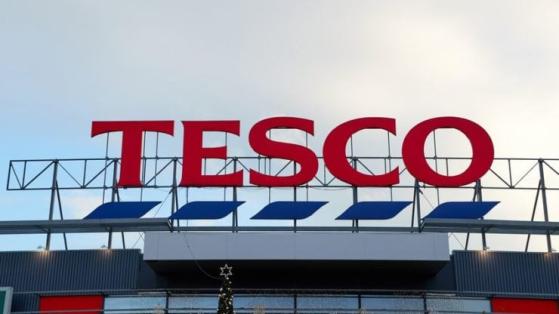The Tesco (LON: LON:TSCO) share price has continued to fire on all cylinders this year as its performance remained steady. It has jumped by over 11% this year, outperforming other British retailers like Marks and Spencer (LON:MKS) and Sainsbury (SBRY).
Tesco’s business is doing well
Tesco, the biggest British retailer is performing well as the country’s inflation retreated and wage growth continued growing.
Economic data by the Office of National Statistics (ONS) showed that the country’s wages with bonuses rose by 5.9% in April, higher than the expected 5.7%. Excluding bonuses, the country’s wages jumped by 6%.
Tesco and other retailers do well when the economy is recovering. This means that the company will likely continue the robust momentum it went through in 2023.
The most recent annual results showed that the company’s sales excluding VAT and fuel rose to £61.47 billion from the prior year’s £57.2 billion. It also boosted its profits, with the adjusted operating profit moving to £2.8 billion from the previous £2.5 billion.
Tesco has also worked to simplify its organisation by spinning off its banking business which had an operating profit of £69 million. It sold the bank to Barclays (LON:BARC), one of the biggest British banks in a deal worth about £1 billion.
Tesco has also continued to reward its shareholders. It paid a £250 million special dividend paid by Tesco Bank. It plans to distribute most of the funds from Barclays to its shareholders.
Meanwhile, Tesco expects that its operating profit this financial year will remain steady at £2.8 billion and its retail free cash flow to be between £1.4 billion and £1.8 billion.
A key concern among investors is that Tesco has gotten overvalued as its market cap jumped to over £21.3 billion. Data shows that the company is trading at a price-to-earnings ratio of 12, which is lower than the FTSE 100 index average of 14. Walmart (NYSE:WMT) has a a multiple of 28 while Target (NYSE:TGT) has a multiple of 16.
My Discounted Cash Flow (DCF) calculation established that the company was trading at a 325 discount to fair value. This calculation assumed a discount rate of 7.1% and a 5-year average growth rate of 1.8%.
All this means that, despite its high share price, Tesco is still fairly valued but the management will need to execute well.
Tesco share price forecast
Tesco stock by TradingView
The daily chart shows that the Tesco stock price formed a golden cross chart pattern in March last year as the 200-day and 50-day moving averages crossed each other. It continued its bull run and moved above the key resistance point at 295.6p, its highest swing on January 9th.
The stock has constantly remained above the 50-day and 200-day Exponential Moving Averages (EMA), which is a positive sign. Recently, however, it has dropped by over 3.3% from its highest point this year.
Therefore, the stock will likely do a break and retest pattern where it moves to the support at 295.6p and then resumes the bull run.
A likely catalyst to watch will come out on June 14th when the company publishes its Q1 trading statement. This statement will provide more information about its revenue and profitability growth during the quarter.
This article first appeared on Invezz.com
